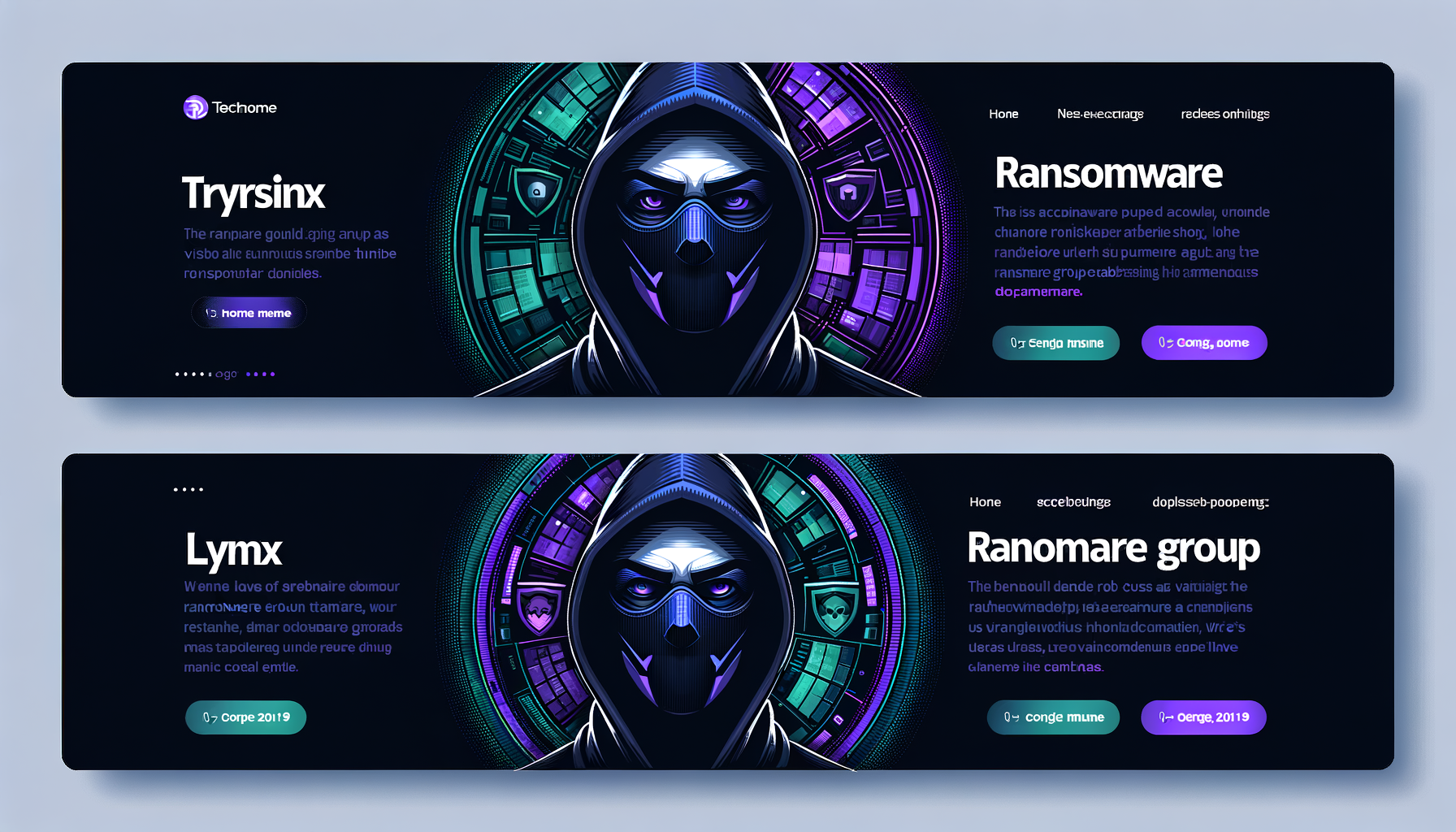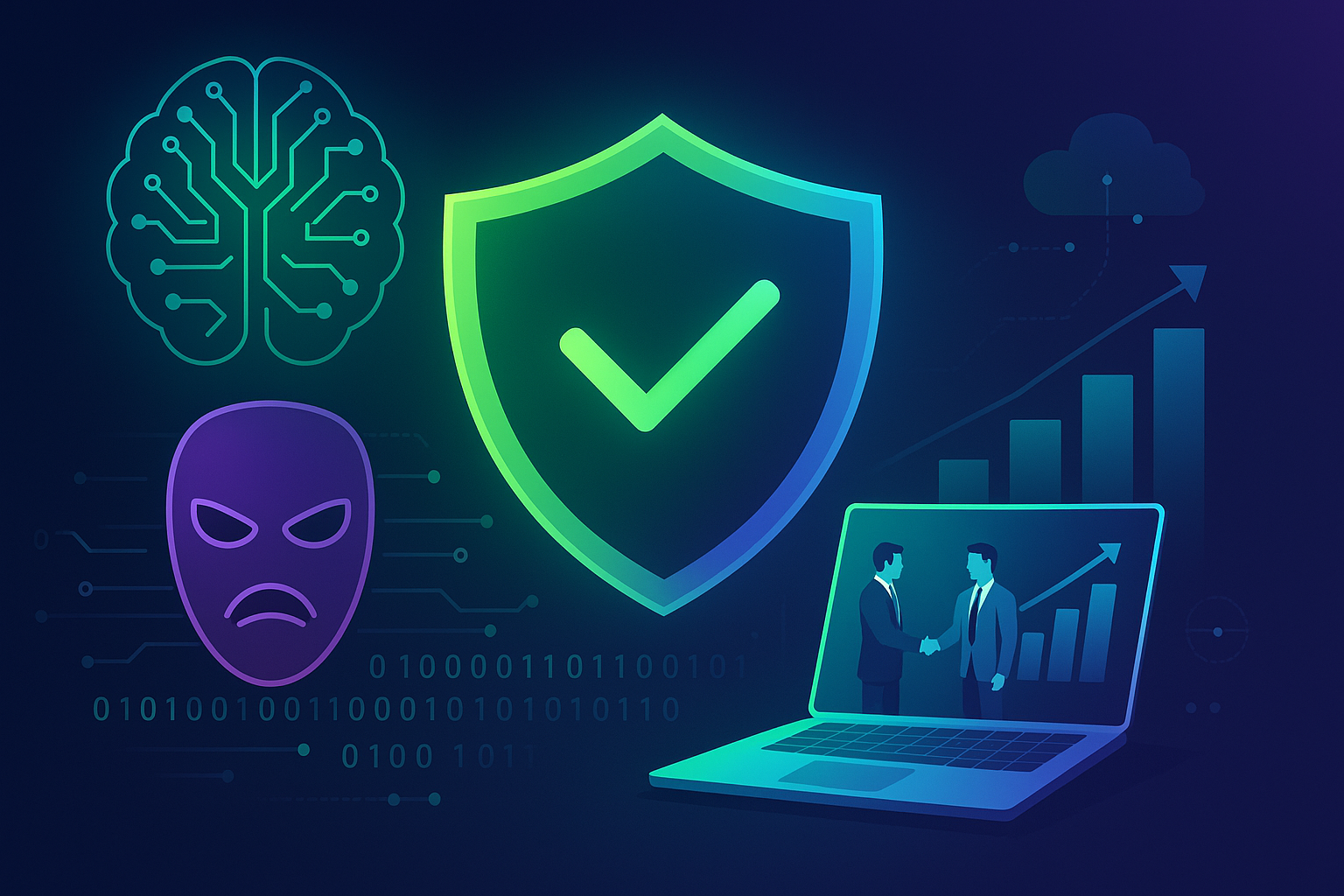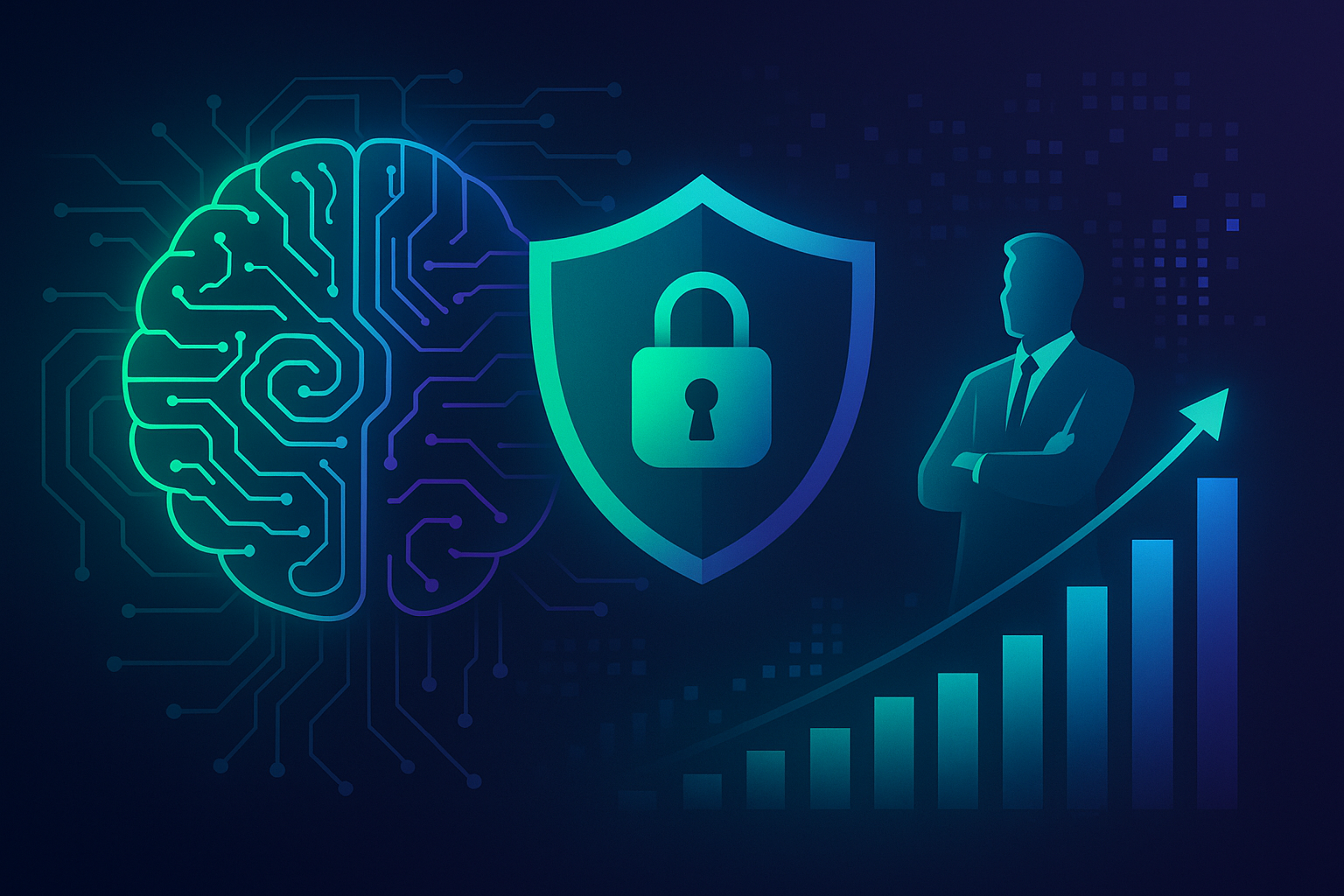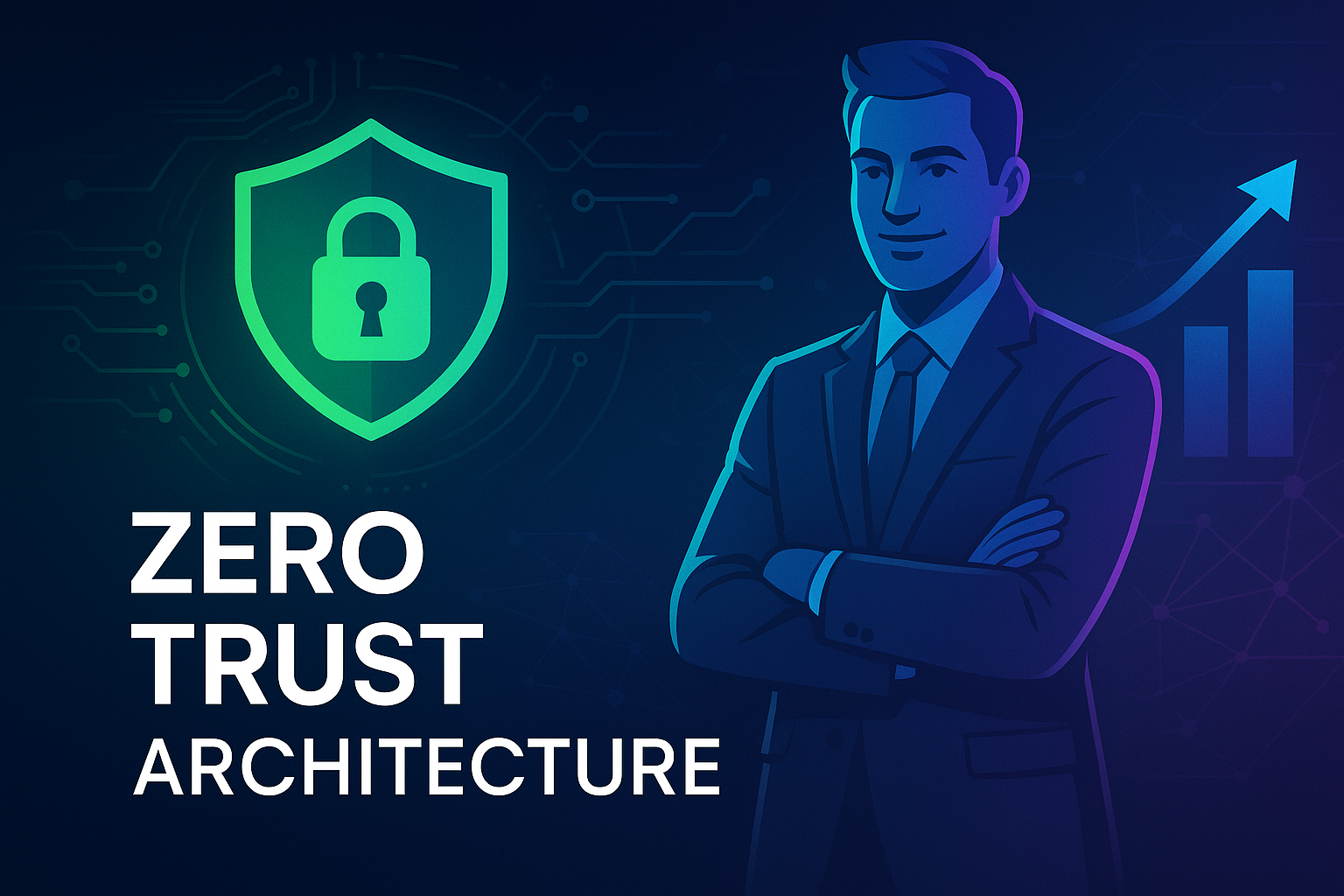INC Ransomware Rebrands to Lynx: An In-Depth Analysis
In the ever-evolving landscape of cyber threats, ransomware continues to be a major challenge for businesses worldwide. A significant development has emerged with the rebranding of the notorious INC ransomware to a new moniker: Lynx. This rebranding signals not only a shift in tactics but also poses new challenges and considerations for cybersecurity strategies across industries.
Understanding Ransomware and its Impact
Ransomware is a type of malicious software designed to block access to a computer system until a sum of money is paid. It’s been a persistent threat over the past decade, paralyzing operations and causing significant financial damage. According to a Statista report, ransomware attacks saw an increase of over 150% from the previous year, indicating the relentless nature of such assaults.
The Rebranding from INC to Lynx
The shift from the INC ransomware to its new identity, Lynx, reflects an effort to reinvigorate cybercriminal activities under a fresh banner. This is akin to marketing tactics used by legitimate businesses to revitalize or expand their market presence. By rebranding, cybercriminals can both evade security measures put in place to track and neutralize their activities and also introduce new features to their malware.
Why Rebrand Ransomware?
Rebranding in the cybersecurity underworld can occur for several reasons. Firstly, as defensive technologies improve, threat actors might find that their current strategies and malware become less effective. A rebranding can help in evading detection by emerging cybersecurity solutions. Moreover, a new name can attract attention within the dark web markets, signaling enhanced features or strategies that promise higher yields.
New Threats Associated with Lynx
- Advanced Evasion Techniques: Lynx may incorporate sophisticated evasion tactics to bypass traditional security measures like firewalls and antivirus software. This makes it imperative to adopt advanced solutions like Advanced Threat Protection to stay ahead of such threats.
- Targeted Attacks: The ransomware could be focusing on specific sectors such as healthcare, finance, or critical infrastructure, sectors that have been frequently targeted due to their crucial role in societal functioning and data sensitivity.
- New Encryption Tactics: Each rebranding could mean updated encryption mechanisms, making data recovery efforts without paying the ransom significantly more challenging.
Defensive Strategies to Combat Lynx Ransomware
As cybersecurity threats become more sophisticated, businesses must adopt equally advanced measures to protect themselves. Here are several strategies and services that can provide robust protection against threats like Lynx:
EDR, XDR, and MDR Solutions
Endpoint Detection and Response (EDR), Extended Detection and Response (XDR), and Managed Detection and Response (MDR) are critical components in modern cybersecurity frameworks. These services offer continuous monitoring and response capabilities, ensuring that potential threats are identified and addressed in real-time.
EDR, XDR, and MDR solutions are designed to prevent, detect, and respond to threats on endpoints—a critical line of defense against ransomware attacks like Lynx, where endpoints are typically the entry point for the malware.
Next Generation Firewalls (NGFW)
NGFWs offer a significant upgrade over traditional firewalls by providing integrated intrusion prevention, application awareness and control, and threat intelligence. This makes an NGFW an essential component for any organization looking to bolster its defenses against advanced threats such as Lynx ransomware.
Next Generation Firewalls provide enhanced capabilities to detect and block advanced threats at the network perimeter, including the sophisticated tactics used by rebranded ransomware groups.
Vulnerability Management as a Service (VMaaS)
Regular vulnerability assessments are critical for uncovering security weaknesses that can be exploited by ransomware. VMaaS helps organizations proactively identify and remediate vulnerabilities before they can be exploited.
Through Vulnerability Management as a Service, businesses can stay ahead of potential exploits, thereby reducing the attack surface that ransomware groups like Lynx target.
SOC as a Service (SOCaaS)
With the increasing complexity of cyber threats, having around-the-clock monitoring by a Security Operations Center is crucial. SOCaaS provides 24×7 protection and swift incident response, ensuring that any breach is contained and managed effectively.
SOC as a Service combines the expertise of cybersecurity professionals with advanced technologies to deliver comprehensive threat detection and incident response.
Cyber Threat Intelligence (CTI)
CTI solutions offer insights into the tactics, techniques, and procedures (TTPs) of cyber adversaries, allowing organizations to enhance their defenses proactively. By understanding the threat landscape, companies can better prepare for potential attacks.
The incorporation of Cyber Threat Intelligence enables businesses to predict and neutralize threats before they can have a significant impact.
Conclusion: Embrace a Proactive Security Posture
The rebranding of INC ransomware to Lynx is a reminder of the dynamic nature of cyber threats and the need for organizations to stay vigilant. Implementing a multifaceted cybersecurity strategy, including services such as EDR, XDR, MDR, NGFW, VMaaS, SOCaaS, and CTI, is crucial to protecting sensitive data and maintaining business continuity.
For companies across Spain and the European Union, as well as globally, investing in these advanced cybersecurity measures is not just about safeguarding assets; it’s about ensuring resilience and trust in an increasingly interconnected world. To learn more about how Hodeitek’s Cybersecurity Services can protect your business, contact us today.
Stay safe, stay informed, and take control of your cybersecurity future.






